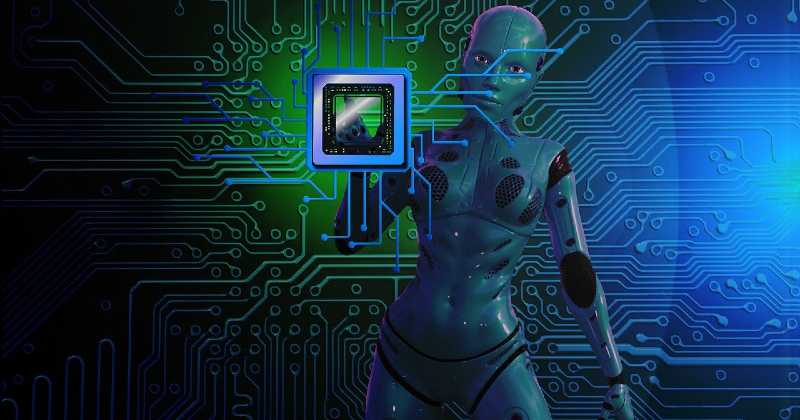Brazil recorded about 1.9 million malware attacks daily, between June 2023 and July 2024, according to the “Kaspersky Threat Panorama” report.
This number represents 63% of all malware detections in Latin America. An impressive percentage that reinforces the vulnerability of Brazilian companies to cyberthreats. With an average of 1.9 million malware attacks daily and almost 2,000 per minute, the country faces intense cybersecurity challenges. Even with a 16% reduction compared to the previous period.
Critical sectors of the economy, such as industry, government and agriculture, were the most targeted by the attacks. Industry leads the ranking with 20.11% of attempts, followed closely by the government sector (18.06%) and the agricultural and forestry sector (16.93%). Due to the digitalization and automation of those segments, companies need to be increasingly prepared to defend themselves from attacks that can compromise everything from industrial production to the food supply chain.
Fabio Assolini, the director of Kaspersky’s Global Research and Analysis Team for Latin America, emphasized the importance of enhancing security in critical sectors due to the potential disruption caused by cyberattacks ( malware attacks).
Cybercriminals focus on data and systems that can have a significant impact, so companies must strengthen their defenses, especially given the increasing sophistication of attacks,” said Assolini. He underscored the necessity for ongoing investments in cybersecurity
Among the prevalent threats of, adware and trojans remain the most common types of malware. Hacking tools like “HackTool.Win32.KMSAuto”, which allow hacking, also pose significant risks. The “Trojan-Downloader.PowerShell.Agent”, responsible for 27% of detections of malware attacks daily in Brazil. It stood out for its ability to exploit Windows PowerShell to download other malware. Such as ransomware and spyware, making its detection and elimination even more difficult.
To mitigate these risks of malware attacks, Kaspersky recommends that companies and users adopt digital security practices. Including constantly updating software. Using robust protection solutions, and awareness training. Assolini warns that the apparent drop in attack statistics should not be viewed optimistically. It may indicate a transition to more sophisticated and targeted attacks.
Source: Ciso Advisor




















